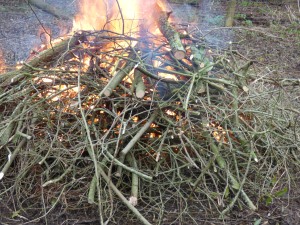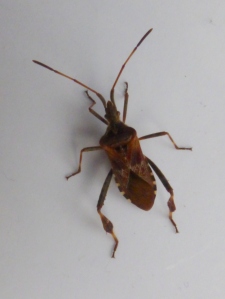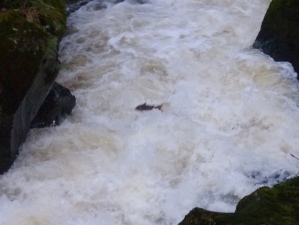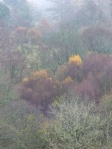People and Places of 2014
I know, I know, I’ve already written a blog post about the wonderful wildlife that I’ve seen in 2014. But none of it would’ve been possible if not for fantastic people and amazing places.
Location, Location, Location
I’ve actually already blogged about two amazing places earlier this month as part of AFON’s Advent Blog Posts. I couldn’t pick between them, so I wrote about both Chesil Beach and Gilfach Reserve because they are both just absolutely stunning and have played a really big part in me seeing so much wildlife.
Naturally, I have also visited a variety of other natural areas across the country – from Yorkshire over to a number of spots in Wales, across to London, down south in Dorset, and back east to Sussex. It’s hard to pick highlights, they were all great in their different ways, but I guess the following are probably the ones below:
- Brownsea Island (Dorset) – persuading the warden to put out the moth trap early, seeing a ridiculous number of new species across a variety of taxa!
- Anglesey (North Wales) – incredibly blustery, with family, saw butterflies, bumblebees and a red squirrel!
- Portland (Dorset) in general – rare and/or migratory moths, looking for Lulworth Skipper butterfly, seeing my first wild Barn Owls, I have a lot of love for the Isle of Portland!
- Slimbridge (Glos) – AFON Christmas Catch-up which was just amazing!!!!
- Relaxing in the sunshine
- Whilst this isn’t a great photo (so much zoom!), there is a real variety of birds – Godwit, Sandwich Tern, Shelduck, Black-headed Gull, and another I can’t remember
- Newborough Beach, Anglesey
People
Where to start? I have met so many brilliant / fantastic / inspiring naturalists this year. Every single person deserves a big thank you and a hug for being amazing. I’ll try to list them … but I may miss someone out, in which case I’m really sorry, but you’re still awesome!
- Dorset:
- Fellow trainees who have been such fantastic friends and fellow conservationists. I may not have seen you in months, but you still continue to inspire me!
- Staff and volunteers at Dorset Wildlife Trust, but a few in particular: my traineeship mentor Emily, the traineeship manager Steve, Marc at Chesil, everyone who helped at my Big Wild Chesil Event (ah the stress!)
- Angela and Rowan for being amazing
- All the Portland naturalists, but especially Sean and Debbie who were patient with my slow progress in learning bird and moth identification!
- Particular thanks to other Dorset naturalists, Phil and Steve who taught me so much about moths and birds respectively.
- Wales:
- Staff at Radnorshire Wildlife Trust for taking me on, and for putting up with my obsession with moths.
- Rupert at Aber Uni for hearing out my ideas for a new project (soon to be launched!)
- Groups – this year wouldn’t be anywhere near as awesome if it weren’t for the young conservationists groups that I have joined, it’s been fantastic and I can’t wait to see what we get up to next year!
- A Focus On Nature
- Next Generation Birders
- The Minors (whoo, moths!)
- And of course, my family and friends who allow me to talk to them on how cool wildlife is
- Long-tailed Tit and Blue Tit
- Emily at the rockpool
And so whilst finishing this post off, I feel slightly overwhelmed. 2014 has been such an epic year – beautiful places, lovely people, stunning wildlife. Can 2015 compete? Well, I shall shortly be setting myself some Wildlife Resolutions for the new year, and I’ve got an upcoming exciting project. I’m going to be giving it my best shot, that’s for sure!






















































































































































